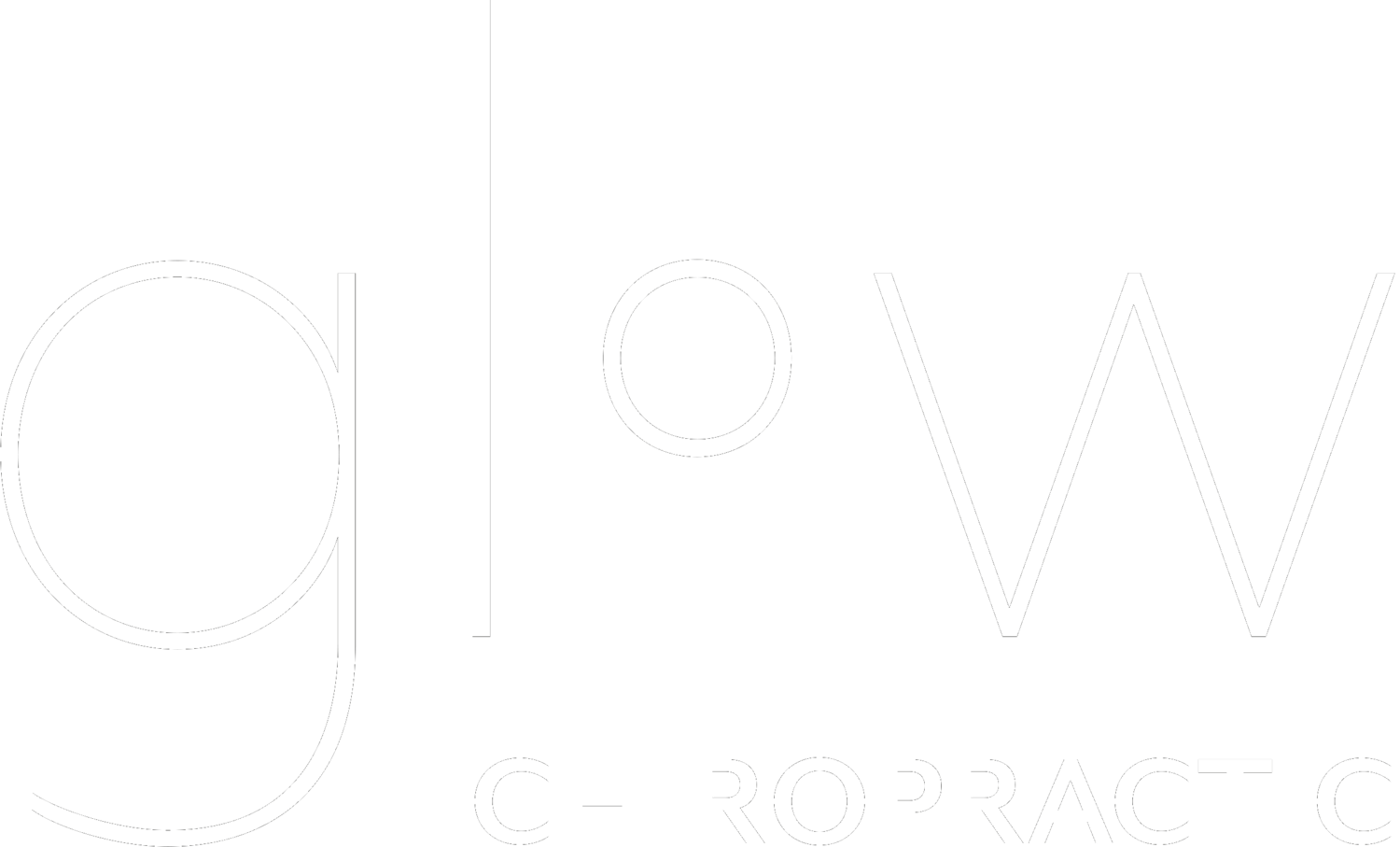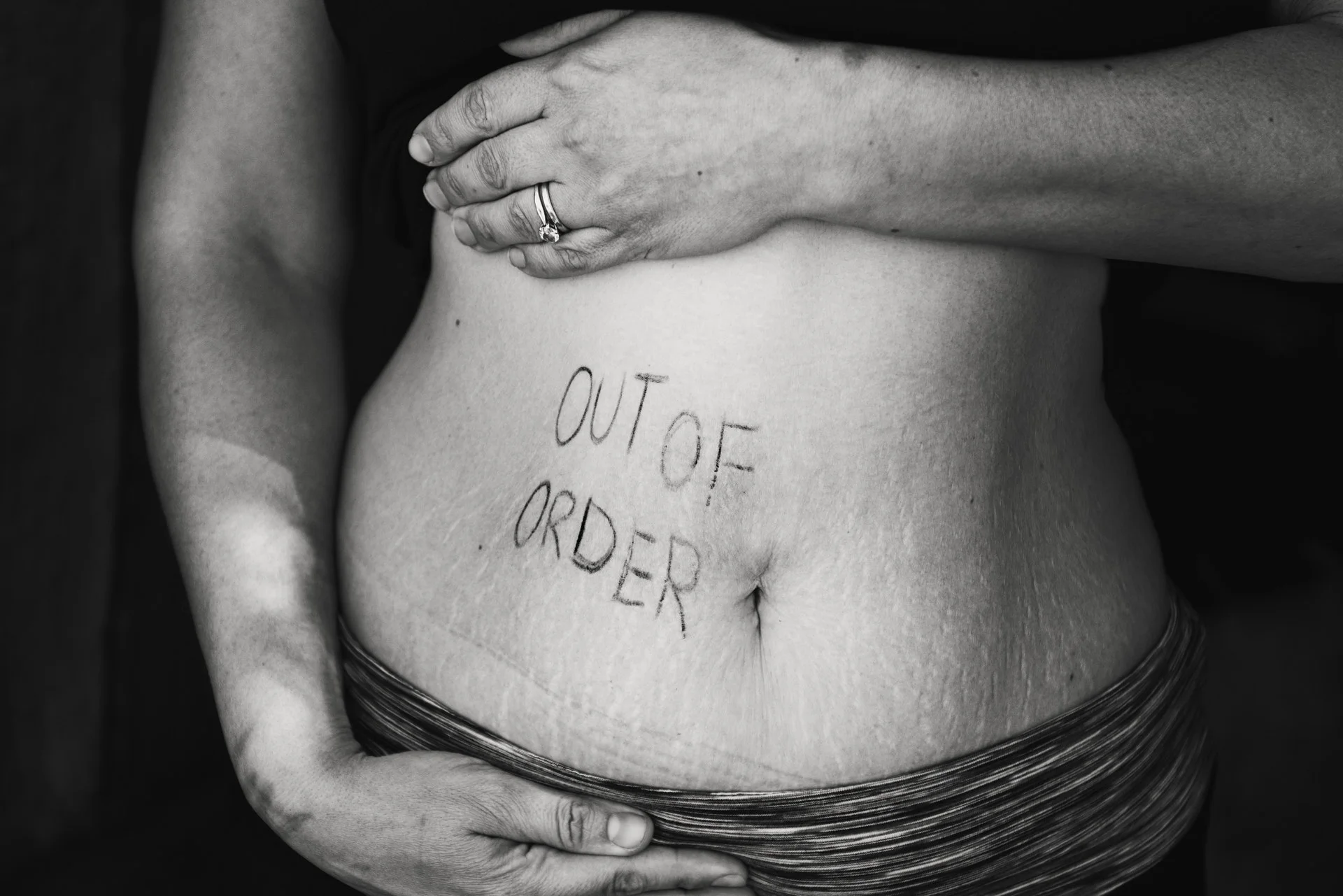When Axels mom brought him in to the studio, she was the picture of an exhausted new parent. For some reason, Axel was so uncomfortable that he would wake up every night at 3 am, screaming in pain and inconsolable for hours at end. As a side note, she also mentioned that he only moved his bowels once a week.
Listening to her story, I wondered whether the two were related to each other. When I examined Axel, I found vertebral subluxations in his upper neck, lower thoracic area and pelvis. I adjusted these areas using a low force technique and they went home.
That afternoon, Axel had a whopping four dirty nappies and slept like a (proverbial) baby that same night. It was as if a switch was flipped, allowing much better intestinal motility, which in turn, lead to a much more comfortable human being!
What was the switch that flipped for Axel and what does this mean for you?
The nervous system controls all parts of the body and allows it to function in the most appropriate and natural way possible. When spinal misalignments (also known as vertebral subluxations) occur in any part of the skull, spine or pelvis, this limits this functioning; resulting in dysfunction and even on the long term, disease. In the case of dysfunction of the intestinal tract, three parts of the body come to mind.
1. The Skull and Pelvis
Vertebral subluxations at the very top and very bottom of the spine will interfere with the parasympathetic or ‘rest and digest’ nervous system of the body. This means that the body is in a constant mode of hyper-excitement. This leads to restlessness, slower healing and decreased intestinal motility, among others. Subluxations here are usually due to stress on the head and neck during the birth process.
2. The central and lower portions of the Spine
Special nerve cells in the intestine, called ganglion cells, cause motility of the intestinal tract (i.e. it makes these muscles push the matter in the intestine down and eventually, out of the body). These nerves connect directly to the celiac ganglion, which also innervates the stomach, liver, gallbladder, spleen, kidney, small intestine, and the ascending and transverse colon. The celiac ganglion, in turn connects to the spinal cord (and the brain) through nerve roots that exit the spine in the lower thoracic and upper lumbar region.
3. The Intestine
Sometimes we might even feel restriction of movement in the organs themselves. These are usually muscular restrictions and secondary to the interference of the nervous system; but should still be addressed. The most common areas that we find are the junction between the oesophagus and stomach (hiatus); the junction between the small and large intestine (the ileocecal valve) and the large intestine (the valve of Houston).
By adjusting these areas, we can allow the body to function normally and adapt to the environment in the best way possible.
However, it is not only children that might suffer from poor digestion due to vertebral subluxations, it is increasingly common in the adult population as well. As this brain-body disconnect persists into adulthood, it tends to become a more chronic and complex situation where the enzymatic as well as microbial environment of the gut is affected. To complicate things, poor gut health will lead to poor secretion of certain neurotransmitters, which will affect mood and general brain health. It is a vicious circle and the sooner it is broken, the better it is for your health in general!
Sources:
https://www.ncbi.nlm.nih.gov/pmc/articles/PMC3027333/
https://www.health.harvard.edu/diseases-and-conditions/the-gut-brain-connection
https://www.psychologytoday.com/us/blog/evolutionary-psychiatry/201404/the-gut-brain-connection-mental-illness-and-disease

